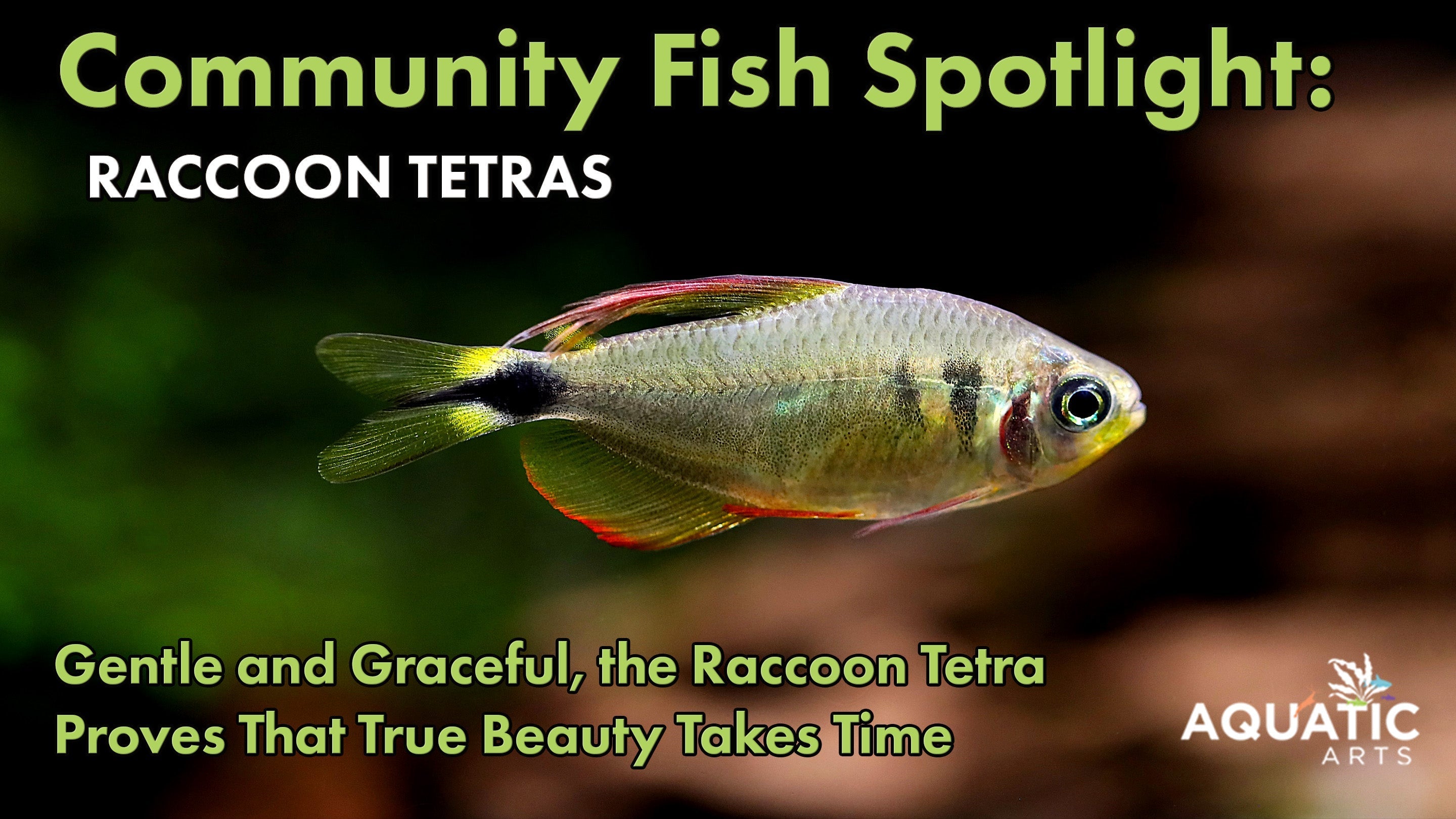Community Fish Spotlight: Kitty Tetra (Hyphessobrycon heliacus), Tank-Bred

Golden Gems of the Aquarium: The Stunning Kitty Tetra
When it comes to adding a splash of golden beauty to your community aquarium, the Kitty Tetra (Hyphessobrycon heliacus) is a stunning choice. Known for their radiant yellow hue and peaceful demeanor, these little gems will light up your tank with their shimmering, sunny appearance. In this spotlight, we’ll explore everything you need to know about caring for the Kitty Tetra, from their natural habitat to their tank requirements, ensuring you can provide the perfect environment for these vibrant, tank-bred fish.

The delicate, translucent fins of the Kitty Tetra reflect light in fascinating ways, adding a shimmering effect to their already stunning golden bodies.
A Look into Their Origins
The Kitty Tetra is native to the waters of Brazil, primarily found in slow-moving rivers and tributaries. These areas are often densely vegetated, providing the fish with plenty of hiding spots. In the wild, Kitty Tetras thrive in soft, acidic water rich in tannins, giving the water a tea-like coloration. However, thanks to advances in aquarium breeding, the Kitty Tetra is now tank-bred, making them more adaptable to a wider range of water conditions while reducing pressure on wild populations.
Appearance and Behavior
The Kitty Tetra is an absolute showstopper, with its brilliant yellow body and slightly transparent fins tipped in pink or orange. Reaching about 1.5 to 2 inches in length, these fish are small but captivating, with their color intensifying under the right conditions. They are schooling fish, meaning they feel most secure and exhibit their best colors when kept in groups of six or more.
In terms of behavior, Kitty Tetras are peaceful and active, making them perfect for community tanks. They are non-aggressive and will happily coexist with other similarly sized, gentle fish species. Their schooling nature makes them fun to watch as they swim in synchronized patterns through the tank, adding both movement and a touch of gold to your aquatic landscape.

In a well-maintained aquarium, Kitty Tetras will frequently display playful darting behavior, often moving in and out of plants and decorations, enhancing their lively presence.
Creating the Ideal Tank Environment
To keep your Kitty Tetras healthy and thriving, it’s important to replicate their natural environment as closely as possible. While these fish are hardy, paying attention to the following key aspects will ensure they live long, happy lives in your care:
Tank Size
A 20-gallon tank is the minimum recommended for a small group of Kitty Tetras, although they’ll appreciate more space if possible. The larger the tank, the more stable the water conditions, and the more space these active swimmers will have to explore.
Water Parameters
Kitty Tetras are relatively easy to care for, but they do best in slightly acidic to neutral water. Aim for the following water parameters:
- Temperature: 72-82°F (22-28°C)
- pH: 6.0-7.5
- Hardness: 2-12 dGH
It’s essential to perform regular water changes and maintain a well-functioning filter to keep the water clean and stable. Although Kitty Tetras are adaptable, they prefer softer, slightly acidic water, much like their native habitats.
Aquascaping
Kitty Tetras love a well-planted tank with plenty of places to explore and take cover. Dense vegetation, including live plants like Anubias, Java Fern, and floating plants, will give them the shelter they crave. Adding driftwood and leaf litter will also create a more natural environment for them while releasing tannins to soften the water, mimicking their native blackwater conditions.

Although Kitty Tetras are relatively small, their bold color makes them a standout in aquascaped tanks, especially against dark substrates and lush greenery.
Substrate and Lighting
Opt for a dark substrate such as fine gravel or sand, as this will help to enhance the natural yellow coloring of your Kitty Tetras. Pair this with soft, subdued lighting to bring out their radiant hues and create a stress-free environment. Too much bright light can wash out their colors and cause stress, so aim for a balanced, gentle light source.
Diet and Feeding
In the wild, Kitty Tetras are omnivores, feeding on small insects, crustaceans, and plant matter. In captivity, they are not picky eaters and will readily accept a variety of foods. A healthy diet should consist of high-quality tropical fish flakes or micro-pellets, supplemented with live or frozen foods such as bloodworms, daphnia, or brine shrimp. Offering a variety of foods will help keep their color vibrant and ensure they get all the nutrients they need to thrive.
Tank Mates and Compatibility
Kitty Tetras are incredibly peaceful and make excellent companions in community tanks. They mix well with other small, non-aggressive species such as:
- Neon Tetras
- Harlequin Rasboras
- Corydoras catfish
- Small shrimp (such as Amano or Cherry Shrimp)
Avoid housing them with larger or aggressive species, as their small size and calm nature make them easy targets for bullying.
Breeding the Kitty Tetra
Breeding Kitty Tetras in a home aquarium is possible, though it requires a dedicated setup. Condition the breeding pair with live or frozen foods, and provide fine-leaved plants or spawning mops where the female can scatter her eggs. Once the eggs are laid, it’s important to remove the adults to prevent them from eating the eggs. The eggs will hatch in about 24 to 48 hours, and the fry can be fed with infusoria or powdered fry food until they grow large enough to accept more traditional foods.
Conclusion
With their glowing yellow bodies and peaceful, schooling nature, the Kitty Tetra is a fantastic choice for any community tank. Whether you're a beginner or a seasoned aquarist, these tank-bred beauties will add life and color to your aquarium while being easy to care for. Plus, by choosing tank-bred fish, you're contributing to sustainable aquarium practices, supporting ethical fishkeeping.
Q&A Section
Q: How can I tell the difference between male and female Kitty Tetras?
A: Male Kitty Tetras are generally more colorful, with brighter orange and red hues along their flanks and fins. Additionally, males tend to have longer, more extended dorsal, pelvic, and anal fins compared to females. In contrast, females are slightly rounder and less vibrant
Q: Where in the tank do Kitty Tetras prefer to swim?
A: Kitty Tetras usually occupy the top to mid-levels of the tank, but they are known to explore and feed in all areas, including the bottom of the tank. They thrive best in a planted aquarium that offers plenty of hiding spaces and areas to explore.
Q: Can Kitty Tetras be housed with shrimp?
A: While Kitty Tetras are generally peaceful, they may prey on smaller shrimp species or baby shrimp due to their small mouths. Larger shrimp species, such as Amano shrimp, are usually safe tank mates.
Q: What is the ideal group size for keeping Kitty Tetras?
A: It's best to keep Kitty Tetras in schools of at least six individuals. Larger groups help reduce stress and encourage natural schooling behavior, allowing them to display their vibrant colors and social tendencies.
Q: What is the lifespan of a Kitty Tetra?
A: With proper care, Kitty Tetras can live for 2 to 5 years. Maintaining high water quality and providing a nutritious diet are key factors in ensuring a longer, healthier life for these fish.
Q: Are Kitty Tetras easy to breed?
A: Breeding Kitty Tetras can be moderately challenging. They are egg scatterers, so setting up a separate breeding tank with fine-leaved plants or spawning mops is recommended. Once eggs are laid, the adults should be removed to prevent them from eating the eggs.
Ready to brighten up your tank? Add the Kitty Tetra (Hyphessobrycon heliacus) to your collection today, and watch these sunny little fish bring joy and tranquility to your underwater world.




